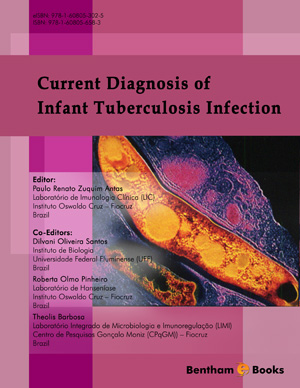Abstract
Tuberculosis in children should be confronted as a seminal event in public health, as it refers to recent infections supported by direct contact with infected people, mostly adults. However, due to children seldom constituting an important source of infectiousness thanks to the small ratio of bacilli released or spread, they have a limited epidemiology impact at a global perspective. Furthermore only those cases with larynx commitment plus those ones with lung cavity are at risk for contagiousness. There are three pathways that lead to illness: the progression of the primary infection, the exogenous reinfection, and the endogenous reactivation, (which is usually the basis for the post-primary or secondary tuberculosis in adults). Indeed, the possibility that persons previously infected with Mycobacterium tuberculosis can be exogenously re-infected has been debated for decades. Frequently, children can present both the primary form and the typical post-primary tuberculosis form of the adult. Primary Tuberculosis predominates early in life, predominantly in highly endemic countries, since children are constantly exposed to the infectious sources. In contrast, within developed countries, the risk of infection is lower and individuals can expect to reach adolescence or adulthood without M. tuberculosis infection.
Keywords: Tuberculosis, Childhood, Infection, Latency, Active Disease.






















